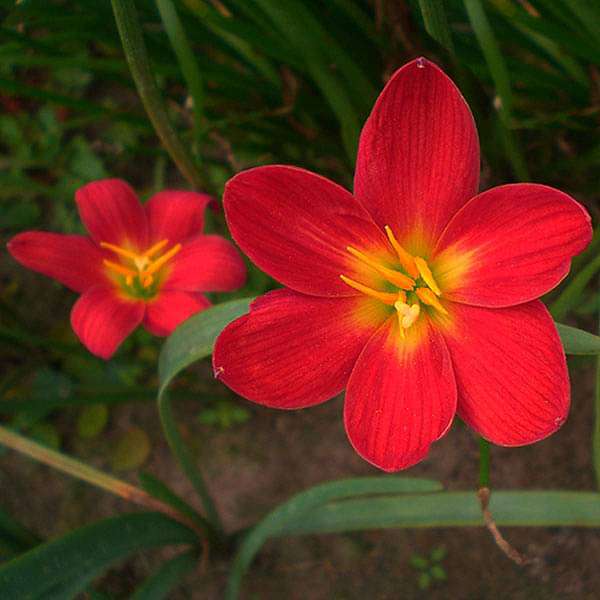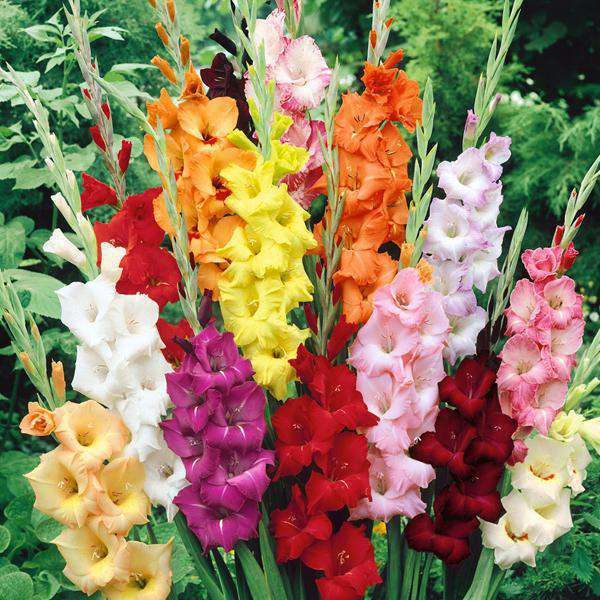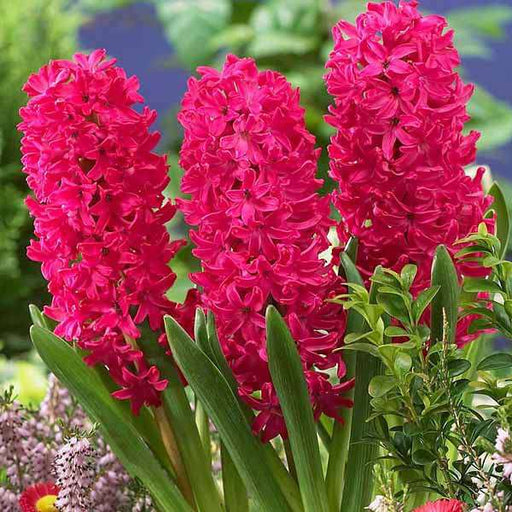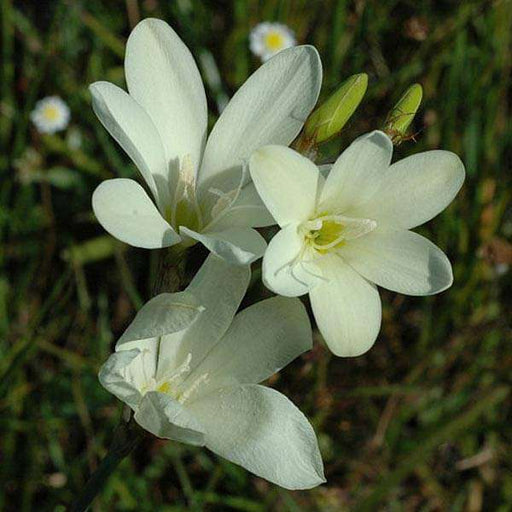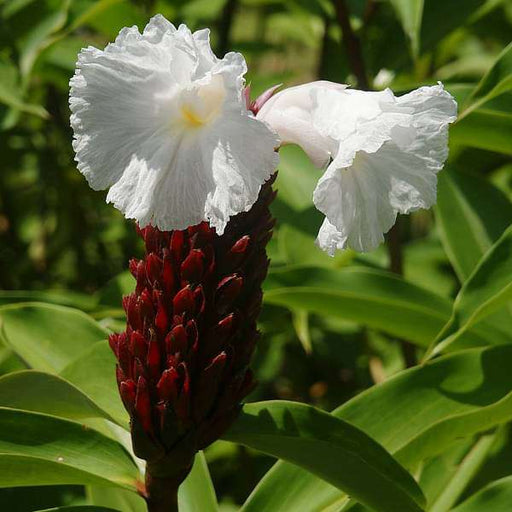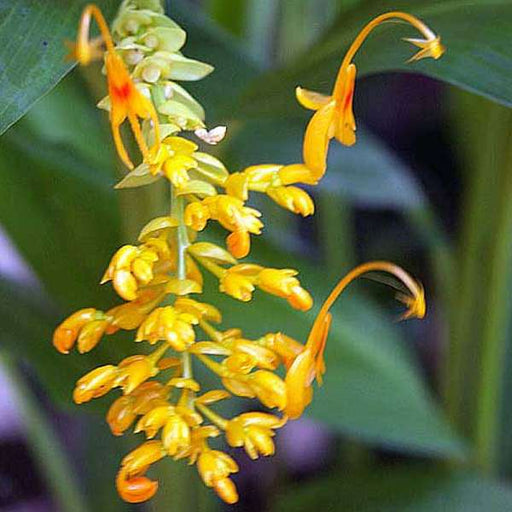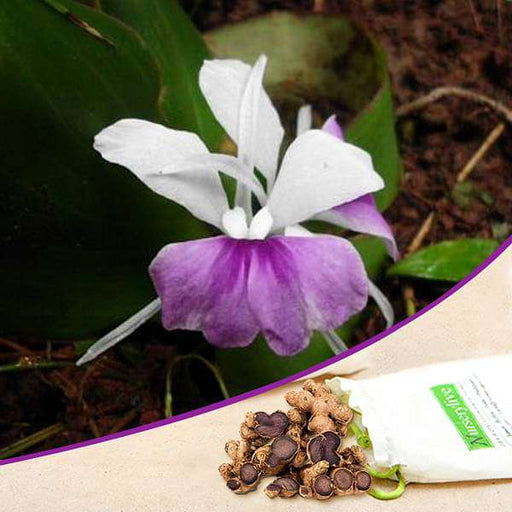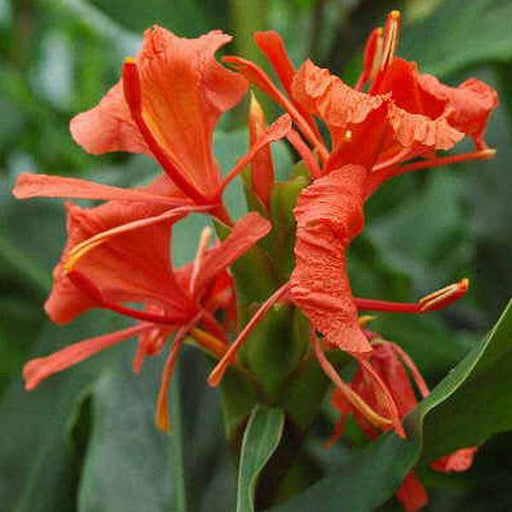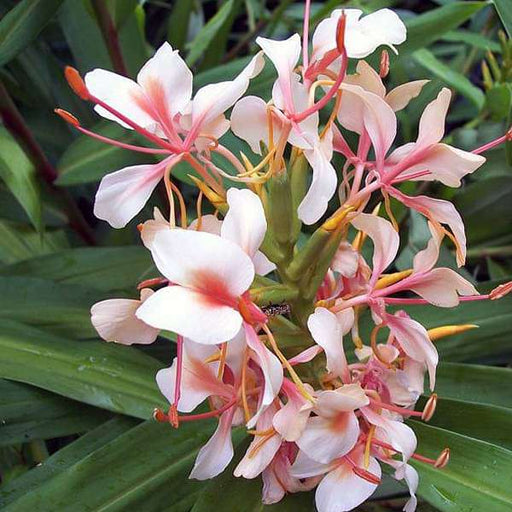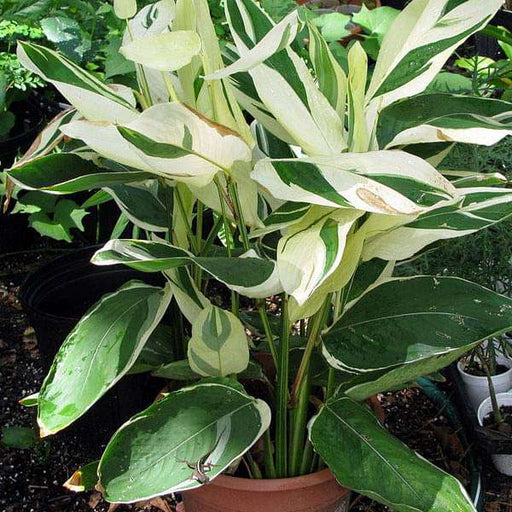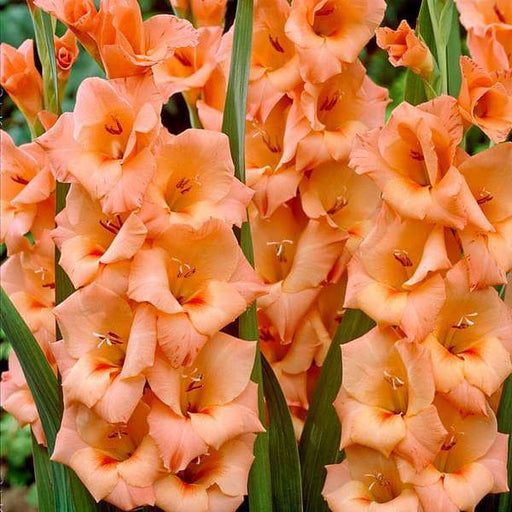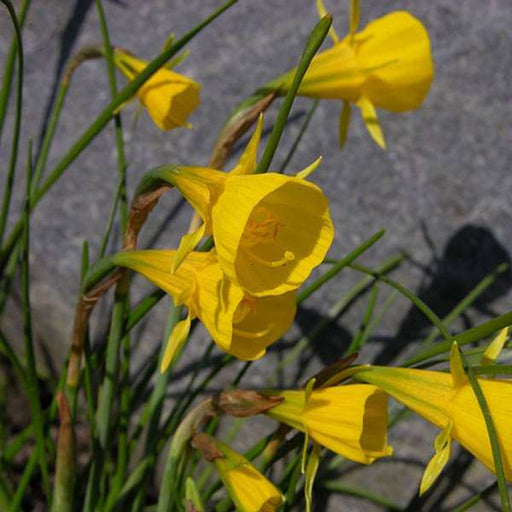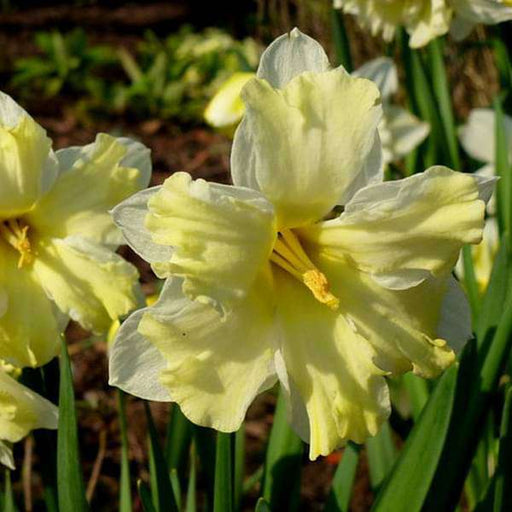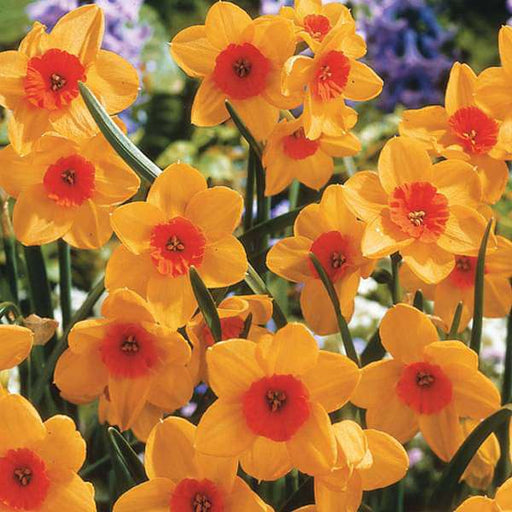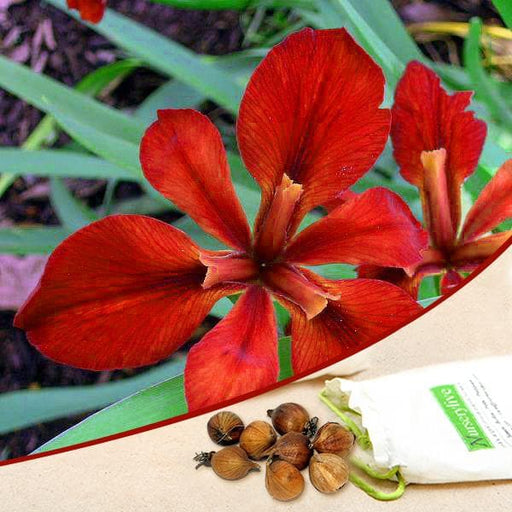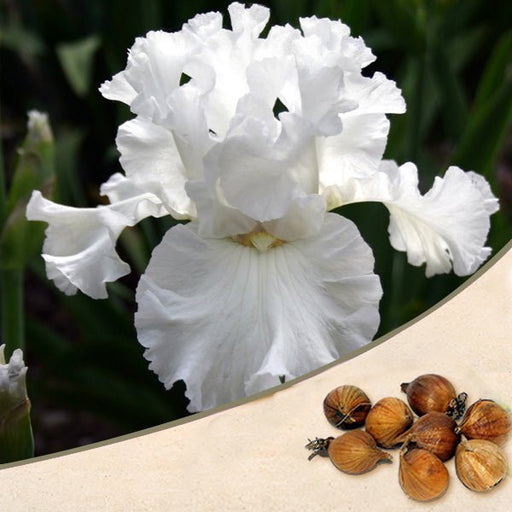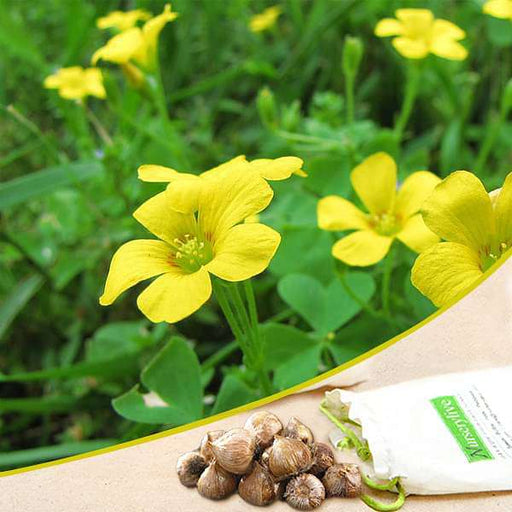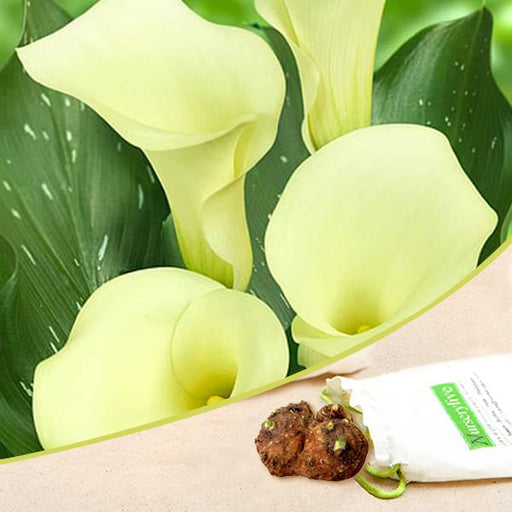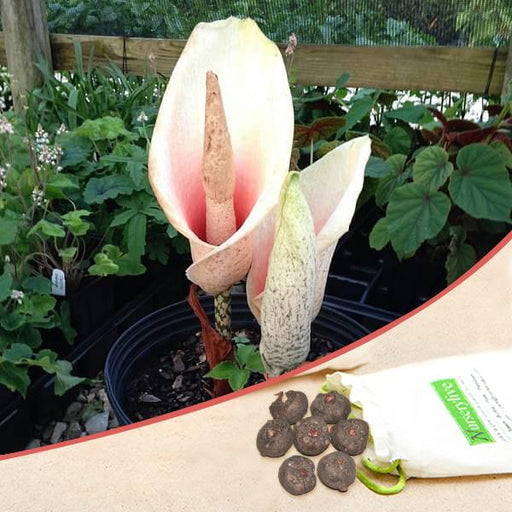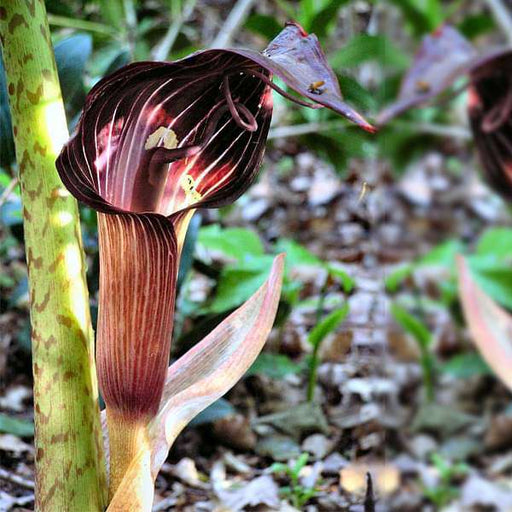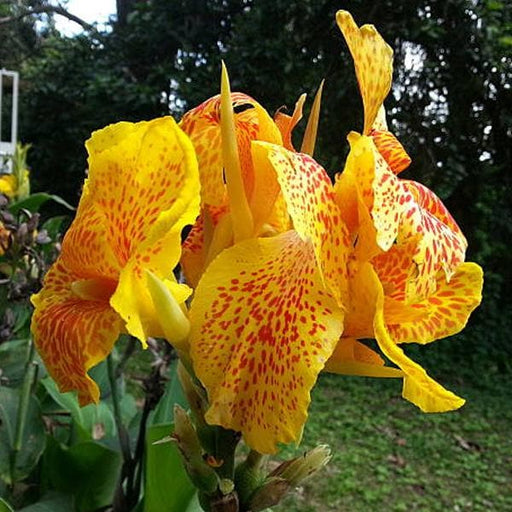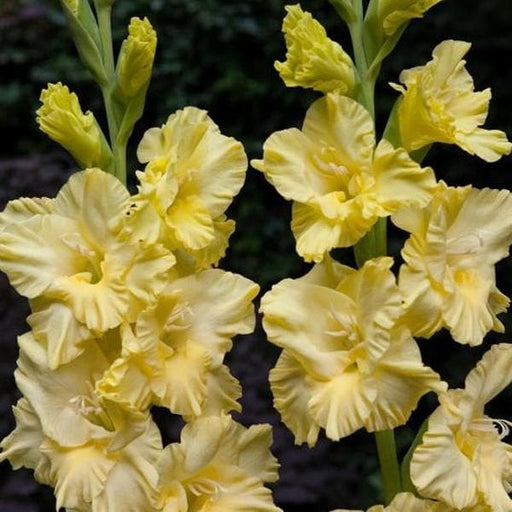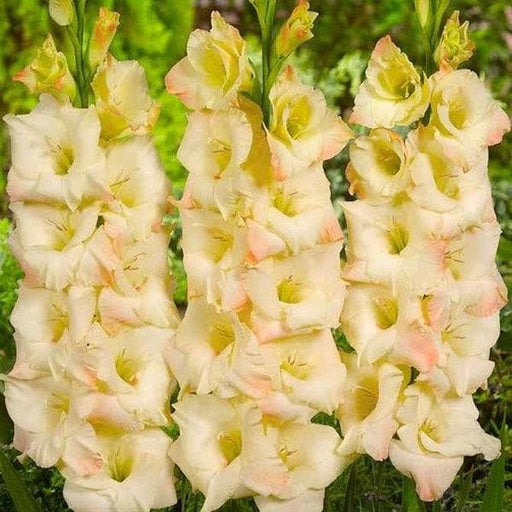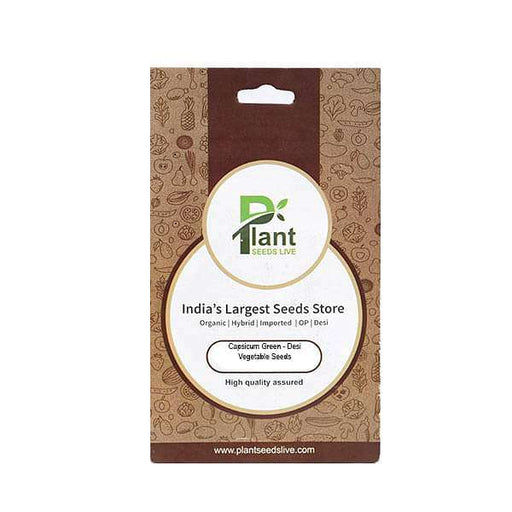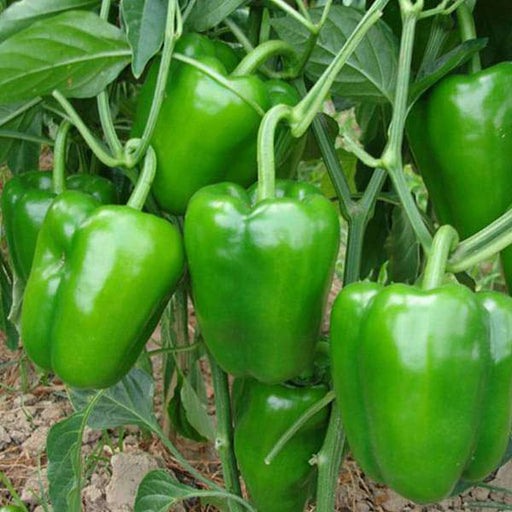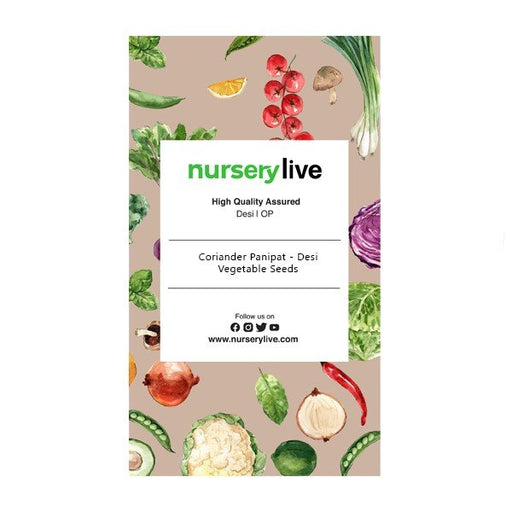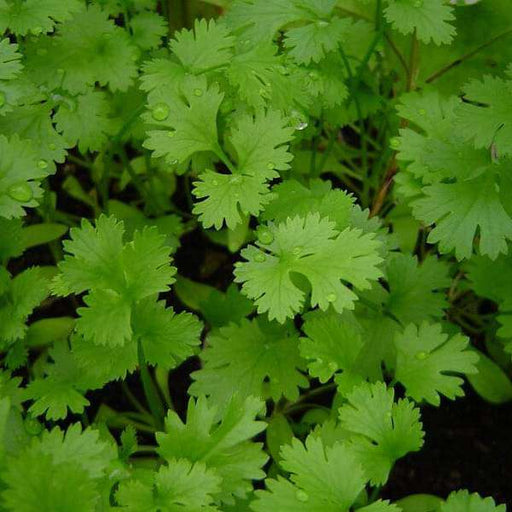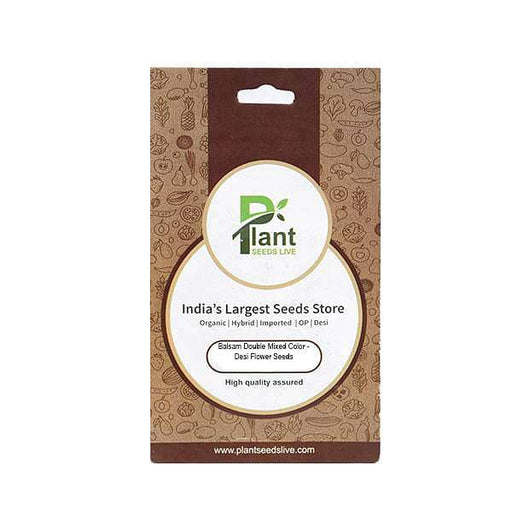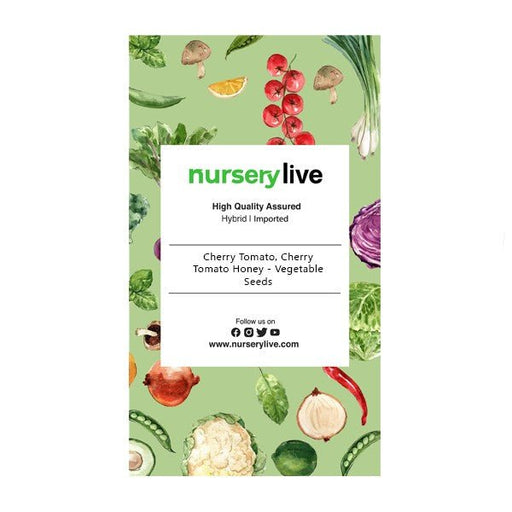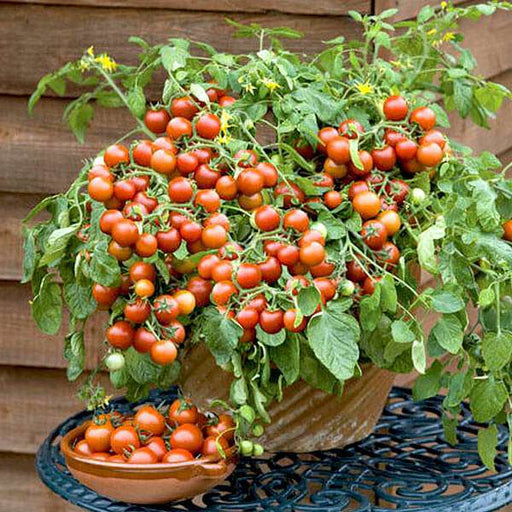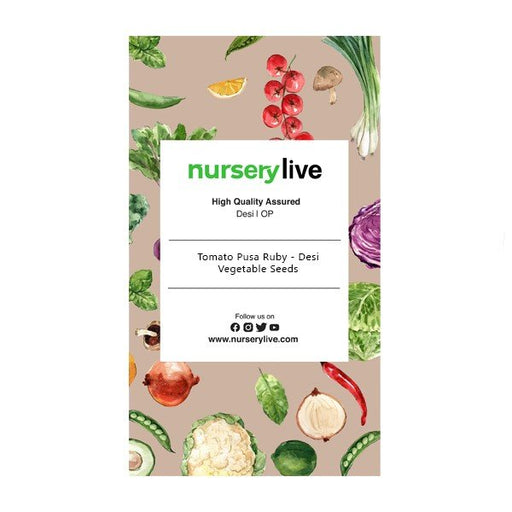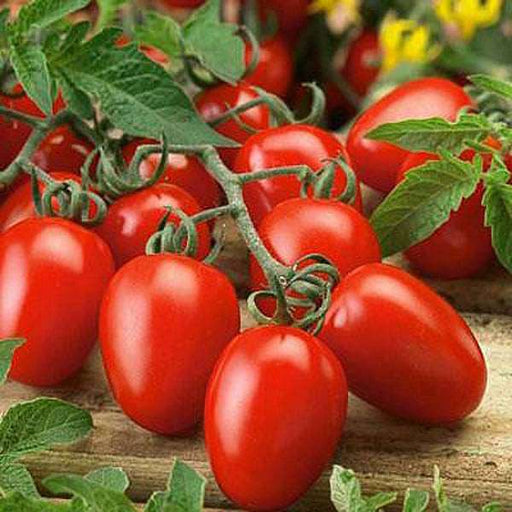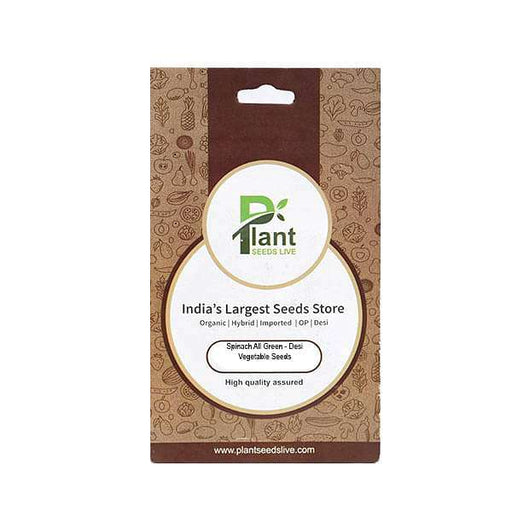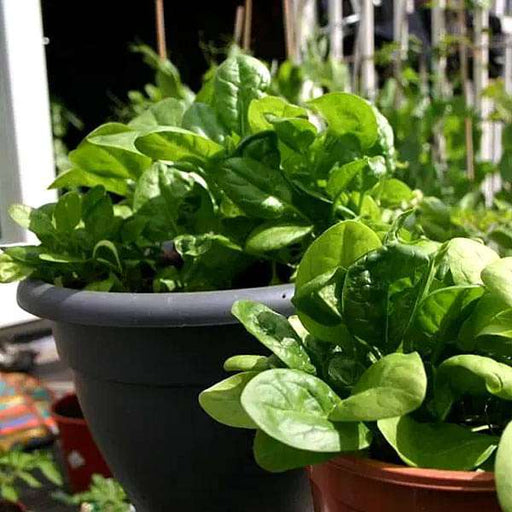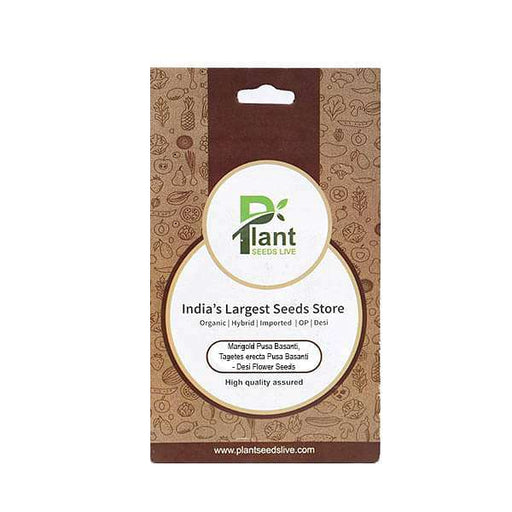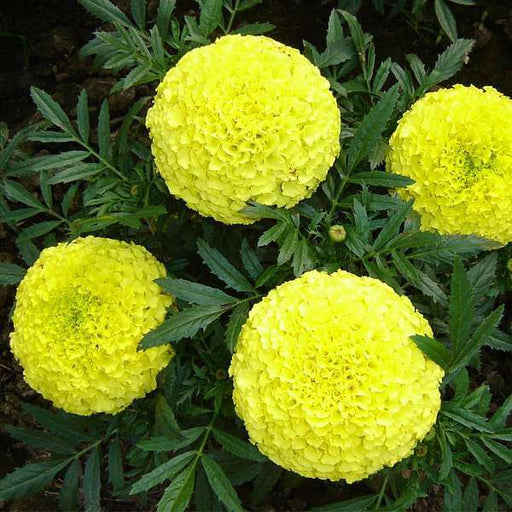Early Sowing Bulbs
Get a head start on the growing season by sowing bulbs early. Learn about the best types of bulbs to sow early and how to care for them.
Late Sowing Bulbs
If you missed the early sowing season, don't worry! There are still plenty of bulbs you can sow later in the season. Discover the best bulbs to sow late and how to ensure their success.
Spring Bulbs
Spring bulbs are a wonderful way to add color and life to your garden after a long, dreary winter. Learn about the best spring bulbs to sow and how to care for them.
Summer Bulbs
Summer bulbs are perfect for adding a pop of color to your garden during the warmer months. Discover the best summer bulbs to sow and how to care for them.
Fall Bulbs
Fall bulbs are a great way to prepare for next year's garden. Learn about the best fall bulbs to sow and how to ensure they survive the winter.
Winter Bulbs
Believe it or not, there are bulbs that you can sow in the winter! Find out about the best winter bulbs to sow and how to care for them.
Annual Bulbs
Annual bulbs are a great way to add color to your garden for just one season. Learn about the best annual bulbs to sow and how to care for them.
Perennial Bulbs
Perennial bulbs are bulbs that will come back year after year. Discover the best perennial bulbs to sow and how to care for them.
Indoor Bulbs
Indoor bulbs are a great way to enjoy fresh flowers during the colder months. Learn about the best indoor bulbs to sow and how to care for them.
Outdoor Bulbs
Outdoor bulbs are perfect for adding color to your garden. Find out about the best outdoor bulbs to sow and how to care for them.
Full Sun Bulbs
Full sun bulbs are bulbs that require a lot of sunlight. Learn about the best full sun bulbs to sow and how to care for them.
Partial Sun Bulbs
Partial sun bulbs are bulbs that require some sunlight, but not as much as full sun bulbs. Discover the best partial sun bulbs to sow and how to care for them.
Shade Bulbs
Shade bulbs are bulbs that can thrive in shady areas. Find out about the best shade bulbs to sow and how to care for them.
Drought-Tolerant Bulbs
Drought-tolerant bulbs are bulbs that can survive with minimal water. Learn about the best drought-tolerant bulbs to sow and how to care for them.
Low-Maintenance Bulbs
Low-maintenance bulbs are perfect for gardeners who don't have a lot of time to tend to their garden. Discover the best low-maintenance bulbs to sow and how to care for them.
High-Maintenance Bulbs
High-maintenance bulbs require a bit more attention than low-maintenance bulbs, but they can be worth the extra effort. Find out about the best high-maintenance bulbs to sow and how to care for them.
Small Bulbs
Small bulbs are great for adding small pops of color to your garden. Learn about the best small bulbs to sow and how to care for them.
Large Bulbs
Large bulbs are perfect for making a big statement in your garden. Discover the best large bulbs to sow and how to care for them.
Rare Bulbs
Rare bulbs can add a unique touch to your garden. Find out about the best rare bulbs to sow and how to care for them.
Common Bulbs
Common bulbs are great for beginner gardeners who want to start with something easy and familiar. Learn about the best common bulbs to sow and how to care for them.

